Virtual Nation or World-wide Botanic Garden
Yardvaark
12 years ago
Related Stories
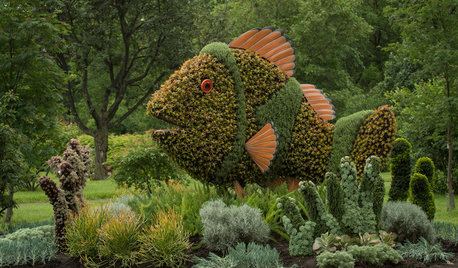
INSPIRING GARDENSLiving Sculptures Delight at the Montreal Botanical Garden
Go see it: clownfish, lemurs, frogs, loyal dogs and more — designers have turned plants into art for a fantastic summer installation
Full Story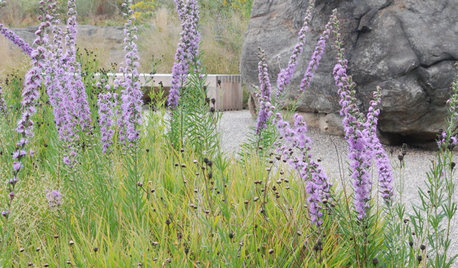
INSPIRING GARDENSNative Plants Inspire and Educate at NYC's Botanical Garden
Stroll through the new Native Plant Garden with us to get great ideas for plant choices and sustainability
Full Story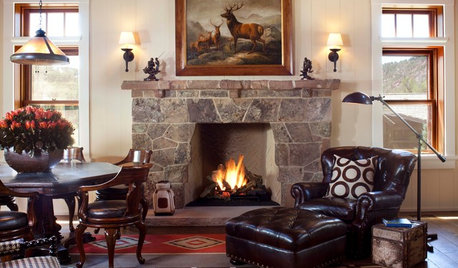
HOUZZ TV FAVORITESHouzz TV: Flickering Virtual Fireplaces to Warm Your Heart
Sit back and enjoy a crackling fire set to seasonal music and surrounded by ideas for your own dream living room
Full Story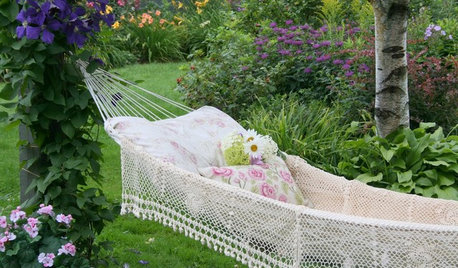
GARDENING AND LANDSCAPINGSwing Into National Hammock Day
Only one day to celebrate such a worthy pastime? Pshaw. Start on July 22 and let these photos inspire you to keep on rockin’
Full Story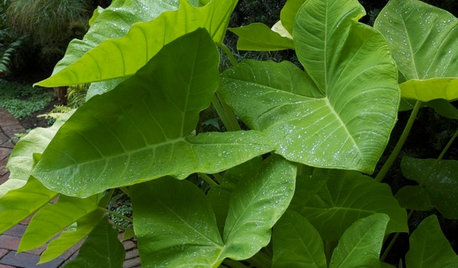
GARDENING GUIDES7 Tropical Wonders of the Plant World
Go for high impact with the spectacular foliage, over-the-top florals or iconic profiles of these hand-picked tropical favorites
Full Story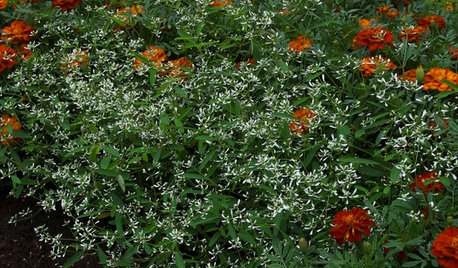
GARDENING GUIDES7 Enticing, Little-Known Annuals of the Plant World
Give these underutilized garden wonders a chance by discovering their draws
Full Story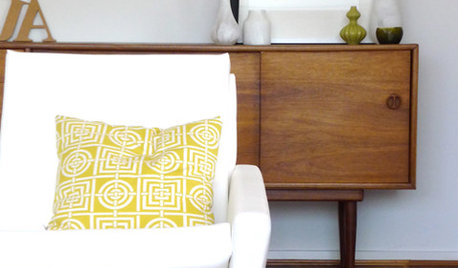
DECORATING GUIDESDecorating Around the World: Easy Living in Australia
Indoor-outdoor living, mid-century accents and coastal touches exemplify design Down Under
Full Story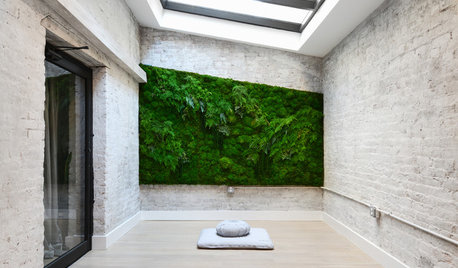
GREEN BUILDINGWorld of Design: The Joy of Moss and Its Modern Uses
This great design plant is 400 million years in the making. See how it’s inspiring art, soothing spaces and building design
Full Story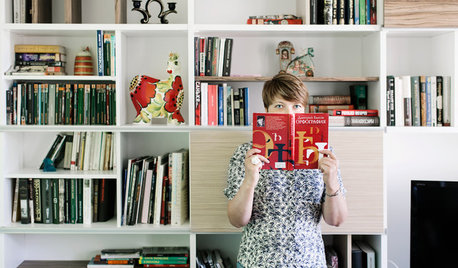
HOMES AROUND THE WORLDWorld of Design: 11 Book Lovers and Where They Like to Read
Bibliophiles across the globe reveal their top books and favorite reading spots, from a 2-story library to an artfully curated book nook
Full Story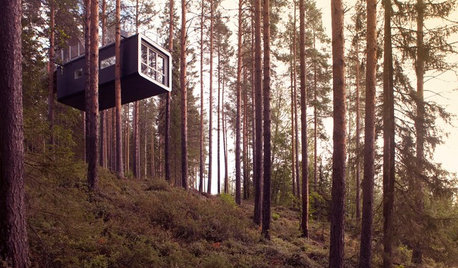
TRAVEL BY DESIGN11 Amazing Home-Away-From-Home Tree Houses Around the World
Go climb a tree — and spend the night. Tree house hotels and lodges are booming as exotic vacation alternatives
Full Story





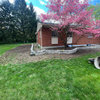
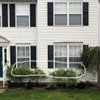
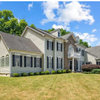

drtygrl
YardvaarkOriginal Author
Related Professionals
Eden Prairie Landscape Architects & Landscape Designers · Lowell Landscape Architects & Landscape Designers · Costa Mesa Landscape Contractors · Hawthorne Landscape Contractors · Mashpee Landscape Contractors · Miller Place Landscape Contractors · West Haverstraw Landscape Contractors · Palos Heights Landscape Contractors · Shorewood Decks, Patios & Outdoor Enclosures · Boise Decks, Patios & Outdoor Enclosures · Fredericksburg Decks, Patios & Outdoor Enclosures · Pittsburgh Decks, Patios & Outdoor Enclosures · Santa Monica Decks, Patios & Outdoor Enclosures · Dent Stone, Pavers & Concrete · Laguna Beach Stone, Pavers & Concretedrtygrl
YardvaarkOriginal Author
catkim
YardvaarkOriginal Author
bahia
YardvaarkOriginal Author
catkim
bahia
YardvaarkOriginal Author
karinl
deviant-deziner
YardvaarkOriginal Author
drtygrl
karinl
YardvaarkOriginal Author
timbu
YardvaarkOriginal Author
timbu
YardvaarkOriginal Author
YardvaarkOriginal Author
reyesuela
YardvaarkOriginal Author